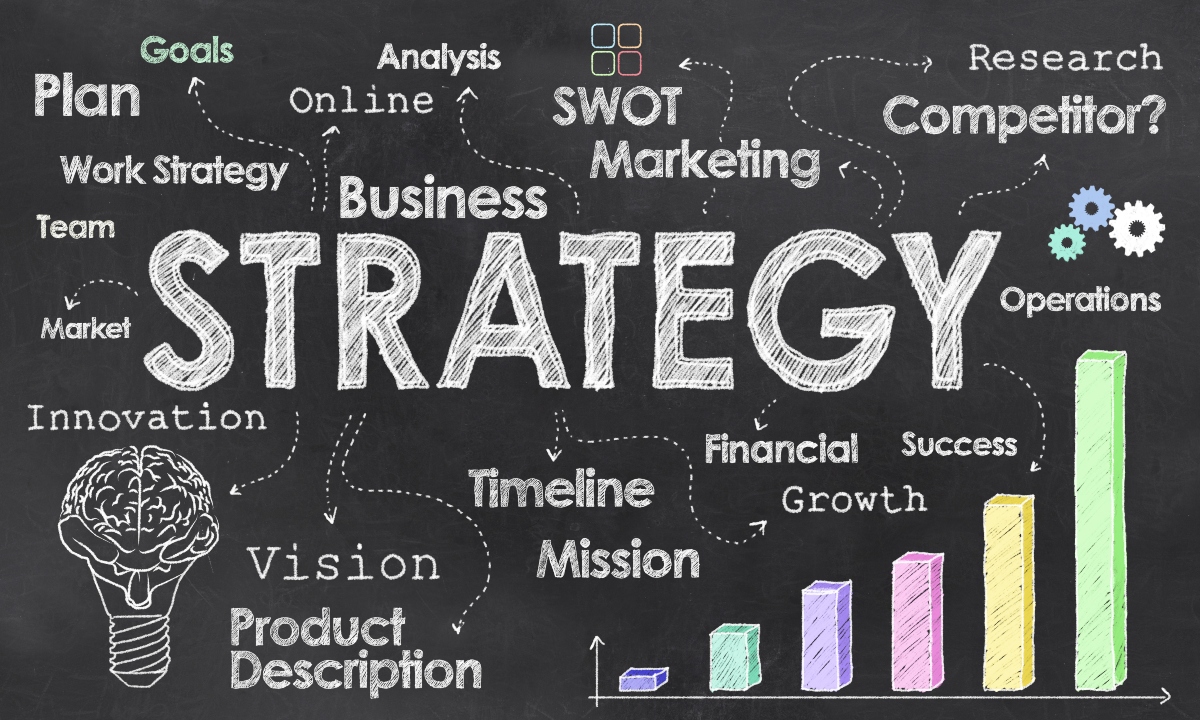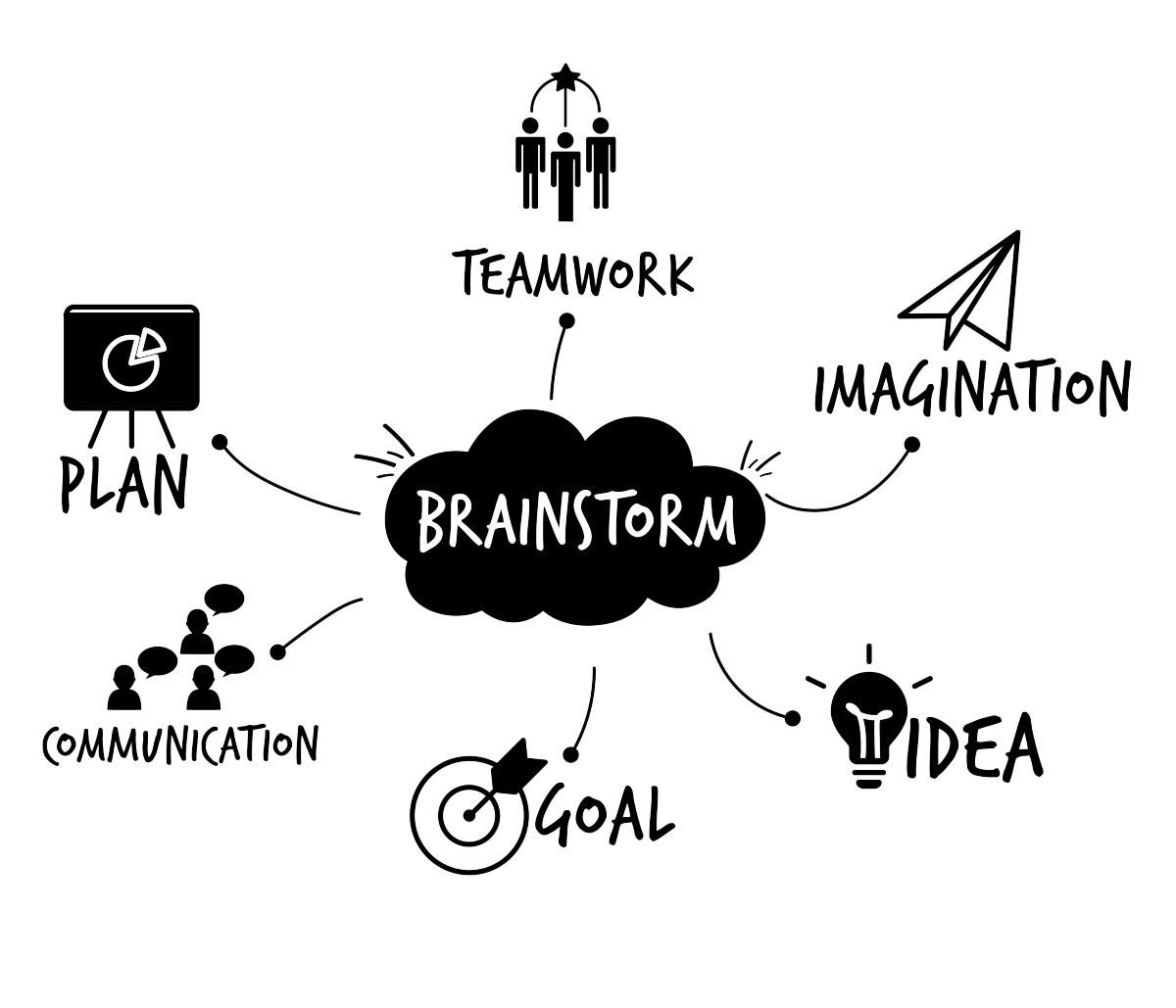Do you have your strategy for 2022?
A strategic planning meeting is one of the most critical meetings a company can have. It’s where you identify your goals, project them into the future and then develop an action plan to meet those goals. If you haven’t started your plan for 2022, its time to get that meeting scheduled.
Conducting a productive strategic planning meeting requires careful preparation and planning in advance with all team members involved. With just a little bit of effort, you’ll be able to get it right the first time and avoid wasting valuable time on unproductive meetings in the future!

This post will walk you through each step of conducting an effective meeting from start to finish, including how to prepare for it, what should be included in each section, who should attend, how long it should take place over.
Our goal is simple – we want everyone involved in this process (including yourself) to feel confident about their role, leading until after completing everything! By following these steps, there’s no reason any company shouldn’t see success when planning for the future of their business!
Are you looking for a way to plan your business strategy?
A strategic planning meeting is a great way to get your entire team on the same page and ensure that everyone stays focused as you move forward. The planning process can be tedious, but it’s important not to let this step fall by the wayside – especially if you want results from your planning session.
A well-run planning event will help increase productivity and success rates for all organization members (virtual or otherwise) and ensure ongoing alignment throughout an initiative’s lifespan. If you need some guidance about how to conduct a productive planning meeting, here are five best practices:
- Conducting effective virtual meetings with Zoom has many benefits, such as flexible scheduling options, video conferencing tools (e.g., breakout rooms, chat), and easy recording capabilities
- Define the planning meeting’s objective(s) upfront – this will help keep everyone on track
- Assign specific tasks to participants to generate buy-in and ownership
- Make sure that the right people are in attendance – too many cooks in the kitchen can slow down the process
- Follow up with assigned tasks after the planning meeting has adjourned to ensure accountability and success!
The planning process can be tedious, but it’s important not to let this step fall by the wayside – especially if you want results from your planning session. A well-run planning event will help increase productivity and success rates for all members of the organization (virtual or otherwise) and ensure ongoing alignment throughout an initiative’s lifespan. Zoom has many benefits for conducting virtual strategic planning meetings, such as flexible scheduling options, video conferencing tools (e.g., breakout rooms, chat), and easy recording capabilities!
Facilitating strategic planning sessions
Longer-term strategic objectives, such as revenue and expense reduction, drive longer-range projects. The Profit Pro Consulting team is a strategic facilitator, and we are involved in strategic decision-making. We’ve curated the best meeting to ensure efficiency using facilitated training sessions.
1. Plan for the strategic planning meeting’s purpose and outcome
Before the meeting, make sure everyone understands the objectives and goals of the meeting. This will help ensure that the meeting is productive and stays on track.
During the meeting, be sure to keep track of time so that everyone has a chance to share their thoughts. If needed, set ground rules for how participants interact with one another.
Finally, work together to create an action plan that outlines specific steps to achieve the meeting’s objectives. You can ensure that your session is successful by planning and setting clear expectations!
2. Make a list of strategic objectives for the strategic planning process
Now that you have set up your planning meeting, it’s time to develop a list of strategic goals. This is an important step, as it will help guide the discussion and keep everyone on track. The objectives should be specific, measurable, achievable, relevant, and time-bound (SMART).
Some examples of strategic goals might include:
- Increase revenue by 20% in the next fiscal year
- Expand market share by 25% in the next two years
- Double profits within five years
Once you have brainstormed your strategy meeting objectives, prioritize them to start planning your strategy.
Develop an action plan
The action plan should include timelines, milestones, and budget. The planning meeting should be the first step in developing your strategy for achieving these goals.
Determine who is responsible
Who is responsible for getting the objective done? Then determine how you will keep track of progress or issues that arise to ensure they don’t become problems down the road.
Make sure everyone involved understands their part
Ensure all parties understand by explaining what needs to be accomplished at a high level and providing any necessary training if required so people are up to speed when they begin working on their task after the planning meeting concludes.
For example, specific software programs might be used along the way, so make sure attendees know how to access them before leaving the planning meeting.
Communicate planning meeting outcomes
It’s important to share the results of planning meetings with everyone involved and let them know what they can expect next.
For example, planning meeting participants might be asked to do some tasks at the planning meeting, such as developing a timeline for one of your strategic objectives.
Make sure tasks assigned are understood
Ensure attendees understand that these are tasks assigned during the planning session, so it doesn’t come as a surprise when they start working on their assignments after business adjourns from the planning session.
This way, there isn’t any confusion about who is doing which task or if someone needs help getting started on something after the meeting finishes up.
These steps should ensure any concerns from those in attendance have been addressed before ending this portion of your virtual strategic planning process.
3. Divide responsibilities among participants
A planning meeting does not need to be a daunting task. By planning and taking the necessary steps, you will run a practical planning session that leaves everyone involved satisfied with their contributions and eager for future meetings.
To get started, decide who should participate on each side of your planning equation: those responsible for implementing the plan (the management team) and those driving strategy (management).

Be sure to establish accountability by assigning action items or tasks before ending any portion of your session.
For example, if you want input from stakeholders across different departments to improve sales numbers next quarter, assign specific people responsible for reaching out to those stakeholders and compiling their feedback.
Decide who should be responsible for executing the plan (management team) and those driving strategies (management). Assign action items or tasks before ending any one portion of your meeting.
4. Create a meeting agenda
The planning meeting agenda should be created at the start of the planning session. It’s essential to have an organized plan for approaching your strategic planning activities and decisions that need to be made during this process. The planning session meeting agenda can include:
- An introduction (including purpose, scope, roles)
- Discussion on critical business issues/opportunities facing the organization now or soon; review any relevant data
- Brainstorming ideas by group members (in person or virtual participants via conference calls, chat rooms, etc.)
- Reviewing all ideas generated across teams & groups with consideration for prioritizing them based upon feasibility and impact – voting is also an excellent way to prioritize projects/ideas.
- Review the top list of ideas/projects with the planning committee to determine which ones will be carried forward into the strategic planning document.
The result should be a planning session agenda documented and sent out to all participants before the planning meeting.
5. Establish ground rules and time limits before starting.
You don’t want to waste time getting everyone on the same page about the strategy session process or ground rules. Make sure that people understand the basic planning guidelines and what’s expected of them before you start planning for real.

These are some key points to cover:
- How often do planning sessions will take place (weekly, monthly, or quarterly meetings)
- Who is responsible for each step in the planning process? For example, one person may gather data from different areas while another consolidates it into a report format. Then someone else can present these reports during team meetings – this way, no single person gets stuck with doing every task alone!
- How long do we meet/how many minutes per week should be set aside for our meetings?
- What are the ground rules? For example, everyone is expected to contribute; only one person speaks at a time; no side conversations during meetings.
Everyone should agree on these points beforehand so that you can stay focused and productive throughout your planning meeting!
Establishing clear guidelines about how the planning process works saves everybody valuable time later in the planning session. It also sets up an open environment where people become accountable for their actions or lack thereof. Who drives the strategic planning process forward? There must always be someone responsible for every step involved in the planning process and planning meetings.
The planning process is a collaborative effort, and it can be challenging to get people invested in planning for the future of your business. But there are ways you can encourage others to take more responsibility when planning their work week or month! You just have to lead by example first – show everyone how strategic planning works so that they will learn from your actions rather than wasting time guessing what’s expected of them during sessions!
Suppose someone on our team isn’t participating as much as we would like. We speak with them directly after the session has ended about his lack of participation. Even after this conversation, he might still not be interested in contributing, so everybody feels comfortable asking him questions during the next meeting.
Now that we’ve established some ground rules, it’s time to start our planning meeting! Let’s set a timer for 60 minutes and use the remaining time to discuss our first goal…
6. Conduct a brainstorming session
The brainstorming session should identify potential solutions to problems that have been placed in previous meetings. This is an opportunity for the team to generate many ideas and solutions. Allow participants to share their thoughts and encourage them to be creative.

Once the brainstorming session is complete, it’s time to evaluate the potential solutions. Look for solutions that are realistic and achievable, as well as those that address the most significant problems.
For each solution, ask these questions:
- Is this solution feasible?
- What are the benefits of this solution?
- What are the costs associated with this solution?
- How will we know if this solution is successful?
Keep in mind that not all of the proposed solutions will be adopted. Still, it’s crucial to have a variety of options on hand so you can choose the best one for your organization.
Once the evaluation is complete, it’s time to choose the solution with the most benefits for your organization. Document the decision and plan of action, so everyone involved knows what’s expected. Finally, put a timeline in place to track the success of the solution.
Behind on planning for 2022?
In conclusion, when planning meetings are conducted, it is important to establish ground rules for participants. These guidelines should be set before the meeting starts so that everyone can stay on task and productive throughout the planning session.

It also sets up an open environment where people become accountable for their actions or lack thereof – which leads us to our next point: who drives the strategic planning process forward? Who facilitates it? There must always be someone responsible for every step involved in the planning process and planning meetings.
The strategic planning process is a collaborative effort, and it can be challenging to get people invested in planning for the future of your business. But there are ways you can encourage others to take more responsibility when planning their work week or month!
You just have to lead by example first – show everyone how strategic planning works so that they will learn from your actions rather than wasting time guessing what’s expected of them during sessions!
Need help facilitating strategic planning?
The strategic planning process is a collaborative effort and it can be challenging to get people invested in planning for the future of your business. But there are ways you can encourage others to take more responsibility when planning the year ahead.
We know that developing a plan for the next 1-3 years isn’t easy, but it doesn’t have to be frustrating either. If you’re behind on your strategic plan, don’t worry! It’s not too late to get caught up and stay on track with our help.
The Profit Pro Consulting team will work with you to develop an actionable strategy that aligns with your company goals and objectives over the next 3 years. This helps ensure everyone stays focused on what needs to be done now so they can achieve their long-term vision without getting distracted by urgent tasks or day-to-day responsibilities.



